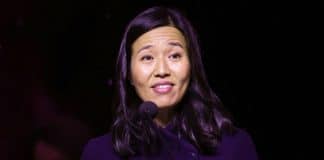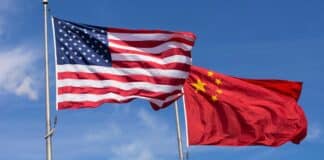Vice President Kamala Harris has declined the customary invitation for her successor, Senator JD Vance, to visit the vice presidential residence at the Naval Observatory before President-elect Donald Trump’s second inauguration on January 20. The decision breaks with a long-standing tradition observed during vice presidential transitions.
According to sources cited by CBS News, Harris opted not to offer the usual sit-down meeting or tour of the Naval Observatory, citing her own experience in 2020 when she did not receive a similar tour from then-Vice President Mike Pence. Pence’s team maintains that an invitation was extended to Harris, but tensions following the January 6 Capitol riot prevented the visit from taking place.
The Vance family, including their three children under the age of eight, has still been able to prepare for their move. Navy officials provided a detailed briefing on the home’s layout, logistics, and move-in arrangements. Usha Vance, JD Vance’s wife, reportedly had a 40-minute conversation with Second Gentleman Doug Emhoff to discuss child-proofing measures and other specifications.
This decision marks a departure from the precedent set in previous transitions. In 2009, Vice President Dick Cheney welcomed Joe Biden to the residence after Barack Obama’s election victory. Similarly, Biden hosted Pence for a visit following Donald Trump’s 2016 win over Hillary Clinton. Pence, at the time, expressed gratitude for the hospitality extended by Biden and his wife, Jill.
Harris’s team defended her decision, highlighting her focus on responding to other pressing issues, including the California wildfires. Meanwhile, sources close to the Vance family have expressed appreciation for the Navy’s assistance in preparing the residence for their family’s needs.
This transition adds a layer of tension to an already polarized political environment as Trump and Vance prepare to take office. The Naval Observatory residence will continue to serve as a focal point of the vice president’s role, offering historical continuity despite breaks in tradition.





